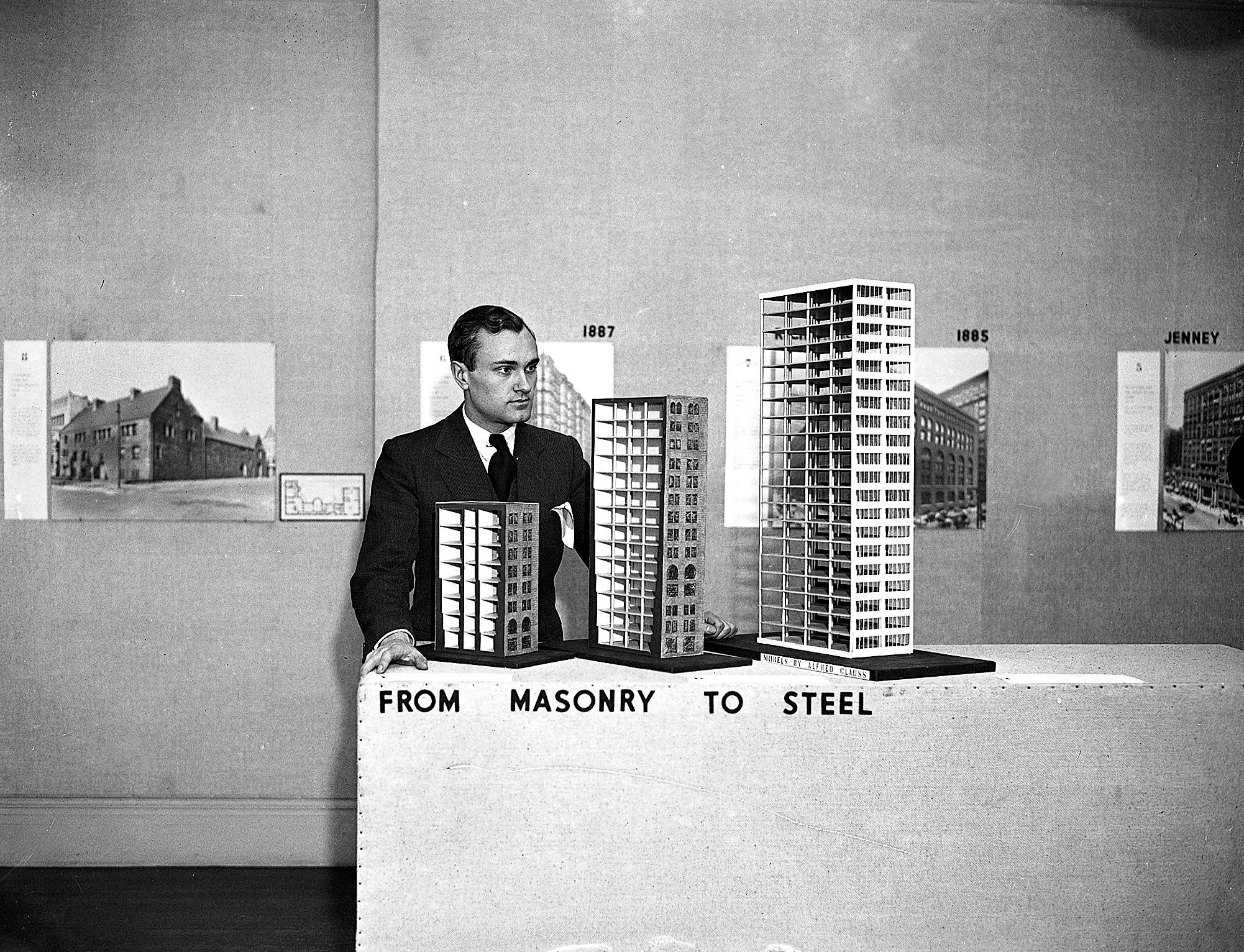
Artists Ask MoMa to Take Down Philip Johnson’s Name for Racist Ideas
AP Photo
In an open letter published on November 27, a group of more than 30 artists demanded that institutions like the Museum of Modern Art in New York and the Harvard Graduate School of Design in Cambridge, remove architect Philip Johnson’s name from its spaces and titles. Calling itself the Johnson Study Group, the organization posted their letter on their joint Instagram for the removal of Johnson’s name due to his white supremacist views.
Made up of designers, architects, educators, and artists, the Johnson Study group is a largely anonymous group. As one of the most influential architects and creator of “Glass House,” Johnson was extremely vocal about his racist viewpoints before his death in 2005. Johnson spent a lot of his younger years attending Nazi camps in Germany, collaborating with the German Nazi Party, and attempting to found a fascist group.
Although Johnson later attempted to distance himself from the comments he made, the Johnson Study Group wants to draw attention to questionable beliefs. However, the group states that the goal is not to erase Johnson’s contributions.
“There is a role for Johnson’s architectural work in archives and historic preservation,” the Johnson Study Group, wrote in the letter. “However, naming titles and spaces inevitably suggests that the honoree is a model for curators, administrators, students, and others who participate in these institutions.”
Signed by the contemporary artist Xaviera Simmons, the letter continued to stress that under Johnson’s leadership, the MoMa did not feature work from black artists or designers for their collection. Since 1984, Johnson served as MoMa’s first head of architecture and design and his legacy can be found in the buildings he created in the 20th Century such as the sculpture garden.
“He not only acquiesced in but added to the persistent practice of racism in the field of architecture,” the letter said, “a legacy that continues to do harm today.”
MoMa has not yet responded to the open letter.


